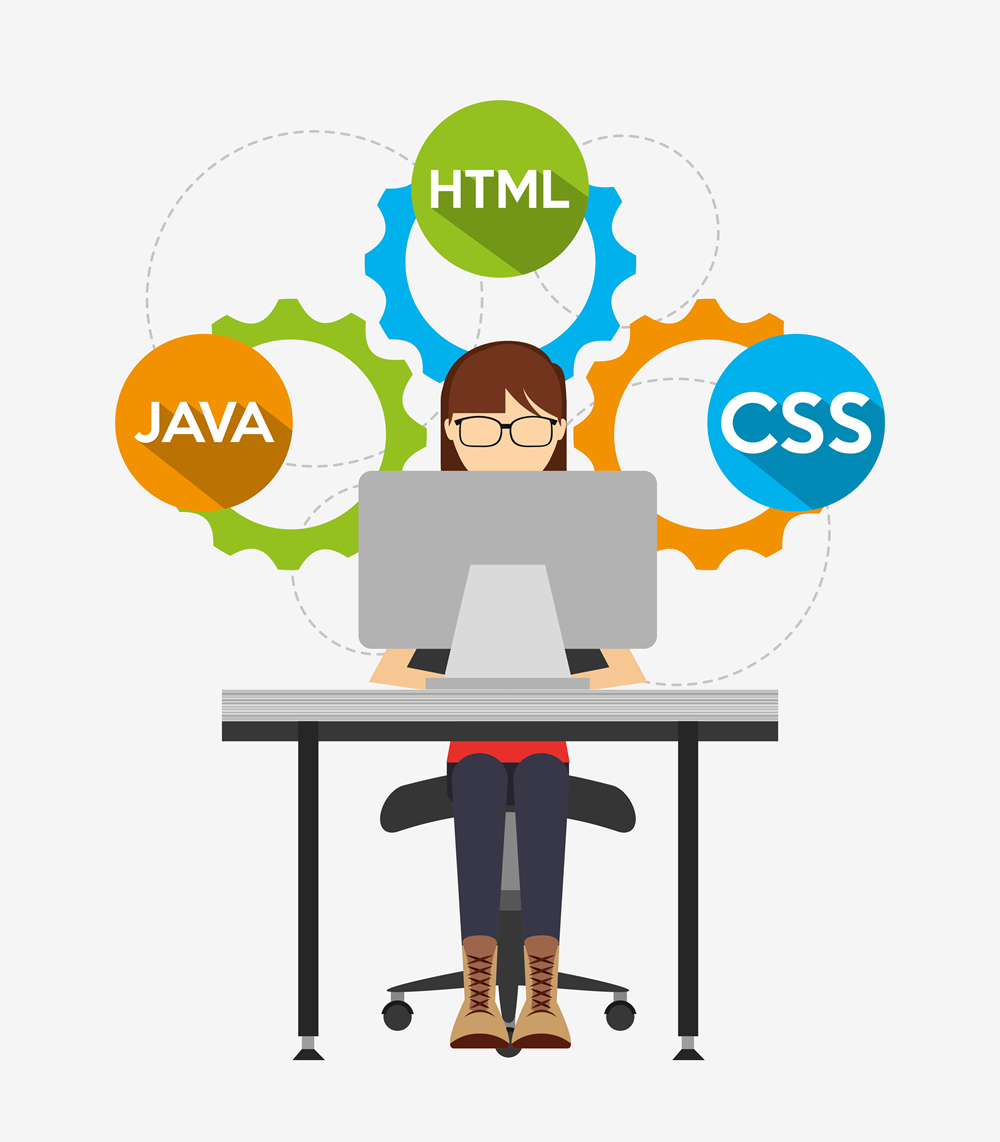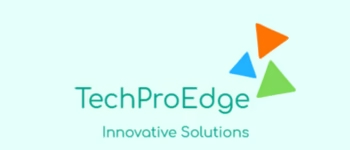Understanding Web Development
How Long Does It Take to Learn Web Development?
Table of Contents
Introduction - How Long Does it Take to Learn Web Development?
Web development is a highly sought-after skill in today’s technology-driven world. Whether you want to build your own website, freelance, or land a full-time job, learning web development opens up countless opportunities. But one question often looms large for beginners: “How long will it take to learn web development?” The answer isn’t one-size-fits-all, but in this guide, we’ll explore the factors, timelines, and tips to help you navigate your learning journey.
What is Web Development?
-
- Front-End Development: This focuses on the visual and interactive parts of a website. Technologies like HTML, CSS, and JavaScript are used to build user interfaces.
- Back-End Development: This deals with server-side logic, databases, and application performance. Common languages include Python, PHP, and JavaScript (Node.js).
- Full-Stack Development: A combination of front-end and back-end skills, enabling developers to handle both sides of web application development.
Factors That Affect Learning Time
- Prior Knowledge: Those with a background in programming or design may learn faster, as many concepts overlap.
- Learning Resources: High-quality tutorials, courses, and books make a significant difference.
- Practice and Projects: Actively applying what you’ve learned by building projects speeds up the process.
- Commitment: Dedicating consistent time, whether part-time or full-time, is crucial for progress.


General Timelines for Learning Web Development - How Long Does It Take to Learn Web Development?
- Front-End Development: Learning the basics of HTML, CSS, and JavaScript can take 1-3 months of consistent effort. Mastery of frameworks like React or Angular may take an additional 3-6 months.
- Back-End Development: Understanding server-side languages, databases, and APIs may require 3-6 months. Advanced topics like cloud deployment could take longer.
- Full-Stack Development: Combining both front-end and back-end skills often takes 6-12 months, especially for those starting from scratch.
A. How Long Does It Take to Learn Web Development From Scratch?
How Long Does It Take to Learn Web Development? Here, Starting web development from scratch can seem daunting, but with the right approach, significant progress is achievable in a reasonable timeframe:
First Month:
- Understand how to structure content and apply basic styling.
- Learn the basics of HTML and CSS to create simple static web pages.
2-3 Months:
- Dive into JavaScript to make websites interactive.
- Start building small projects, such as a to-do list or a personal portfolio.
- Get upto date yourself with Git and GitHub for version control.
4-6 Months:
- Begin learning back-end technologies, such as Node.js or Python, along with databases like MongoDB or PostgreSQL.
- Explore front-end frameworks like React or Vue.js for dynamic applications.
6-12 Months:
Work on full-stack projects that combine front-end and back-end skills.
Learn about deployment, hosting, and web security.
Build a robust portfolio to showcase your skills.
For a beginner dedicating 10-20 hours a week, it’s possible to become proficient in web development within 6-12 months.
The key is consistent learning and hands-on practice.
B. How Long Does It Take to Learn Web Development and Get the Best Job?
-
- 1. Focus on HTML, CSS, and JavaScript to build static and interactive web pages.
- 2. Practice creating small projects like a personal portfolio or a landing page.
-
- 1. Learn advanced JavaScript concepts, explore frameworks like React or Vue.js, and understand responsive design.
- 2. Dive into back-end technologies like Node.js, Express, or Python, and work with databases such as MongoDB or PostgreSQL.
- 3. Build dynamic projects like blogs, to-do apps, or basic e-commerce sites to demonstrate your skills.
-
- 1. Develop a full-stack application, showcasing your ability to work on both front-end and back-end aspects.
- 2. Learn essential tools and workflows, such as Git, browser developer tools, and deployment platforms like Netlify or Heroku.
- 3. Start creating a polished portfolio with completed projects and contributions to open-source repositories.
-
- 1. Polish your resume and LinkedIn profile to highlight your technical skills and completed projects.
- 2. Begin applying for internships, junior developer roles, or freelance gigs.
- 3. Prepare yourself very well for coming up with technical interviews by a lot practicing coding problems on platforms like LeetCode or HackerRank.

Pathways to Learning Web Development
- Self-Paced Learning: Online platforms like Udemy, FreeCodeCamp, or Codecademy offer flexibility and affordability.
- Bootcamps: Intensive programs that focus on job readiness. They typically last 3-6 months and are ideal for those seeking a structured approach.
- Traditional Education: Pursuing a degree in computer science provides a solid foundation but often takes years to complete.
Tips to Accelerate Your Learning
- Set Clear Goals: Break down your learning into small, achievable milestones.
- Build Projects: Apply your skills by creating real-world projects such as portfolios, blogs, or e-commerce sites.
- Join Communities: Engage with others on platforms like GitHub, Reddit, and Stack Overflow for guidance and inspiration.
- Utilize Tools: Familiarize yourself with essential tools like code editors (e.g., VS Code), browser developer tools, and version control systems like Git.
Realistic Expectations: When Can You Start Working and How Long Does It Take to Learn Web Development?
- Freelancing: You can begin offering simple web design services after 3-6 months of focused learning and practice.
- Entry-Level Jobs: Securing a junior developer role might take 6-12 months, depending on your dedication and the job requirements.
- Continuous Learning: The field evolves rapidly, so ongoing education is a must to stay competitive.
Conclusion
Content Writing Insights
Software Development Insights
Emerging Technologies Insights
